NEWS
Whale sharks: what science reveals
We round up eight years of LAMAVE’s research on the iconic whale shark
The whale shark – also called butanding, tuki, tiki tiki, tawiki in local dialects - is a national icon of the Philippines. As we reach the end of 2019 and almost 8 years since LAMAVE first started studying whale sharks in the Philippines, we round up what we have learnt about these incredible sharks.
What we know about whale sharks in the Philippines
More than 1800 individual whale sharks have been identified by LAMAVE, WWF-Philippines and citizen scientists to date;
Donsol attracts the Philippines’ largest whale sharks and is an important area globally for elusive adult whale sharks (McCoy et al., 2018);
Honda Bay, Palawan, was home to the largest aggregation of whale sharks in South East Asia in 2018 and 2019, more than Donsol (Araujo et al., 2019);
Southern Leyte is an important hotspot for the species in the Bohol Sea (Araujo et al., 2017);
Over 20% of all whale sharks identified to date have frequented Oslob (>400 individuals) where whale sharks are provisioned daily, year-round, since late 2011.
Whale sharks move around Southeast Asia
In 2013, the first international photo-ID match by our team showed that whale sharks were moving between Taiwan and the Philippines (Araujo et al., 2017);
In 2015-2016 LAMAVE and Marine Megafauna Foundation (MMF) tagged 17 whale sharks with satellite tags, results revealed that the Philippine waters are incredibly important for endangered whale sharks, with sharks moving frequently between the Sulu Sea and Bohol Sea (Araujo et al., 2018);
The longest track reported by LAMAVE and MMF was from a whale shark originally tagged in Tubbataha Reefs Natural Park (central Sulu Sea), which appeared to swim to the northern Sulu Sea, and then through the Bohol Sea and into the Pacific, a journey amounting >2,500 km (Araujo et al., 2018);
In 2018 our researchers tracked whale sharks moving between the Philippines and Malaysia, and Indonesia, using satellite tags, photo-identification and citizen science. The findings presented the first international return, emphasising the need for enhanced management and conservation actions to protect the whale shark within these waters through trilateral collaboration. (Araujo et al., 2019).
What do we know about provisioning (feeding) whale sharks?
Provisioning: the provision of food to facilitate human-wildlife interaction. Wildlife provisioning is a popular tourism medium that provides guaranteed wildlife encounters to tourists (Orams, 2002);
Whale sharks in Oslob, Cebu are fed >300 kg of uyap (sergestid shrimp) daily (6AM to 12PM, year-round). In the wild, whale sharks do not solely eat shrimp but thrive on a varied diet including other zooplankton, fish eggs, crab eggs, small fish and krill. The sustainability of harvesting >300 kg of uyap from elsewhere remains to be challenged;
9 individual whale sharks encountered in Oslob are year-round residents, which represents a clear impact of provisioning on behaviour. This is especially concerning for a highly mobile endangered species (Thomson et al., 2017);
Provisioning extend the stays of the seasonal residents (Thomson et al., 2017);
Prolonged residency caused by provisioning equates to less time foraging naturally. Provisioning could influence foraging success, alter distributions and lead to dependency in later life stages. (Thomson et al., 2017).
Provisioning as observed in Oslob has changed the whale shark’s natural behaviour
The longer whale sharks spend in Oslob the lesser their avoidance response to external stimuli, in a process called habituation such as responding to human touch and approaching boats, increasing the risk of injury and negative fishery interaction (Schleimer et al., 2015);
The act of provisioning changes the whale sharks natural behaviour (diving, depth and temperature use, associated movements, and increase in vertical feeding (Schleimer et al., 2015; Araujo et al., for review);
Newly identified sharks gradually arrive earlier to the provisioning site after their initial sighting, indicating that the animals learn to associate the site with food rewards. Resident sharks will arrive at the provisioning site up to 30 minutes before the beginning of the feeding, showing how the whale shark can be trained or conditioned with simple food rewards. (Schleimer et al., 2015);
Whale sharks in Oslob show high levels of scars
Scars have been observed on the body of 95% of whale sharks identified in Oslob (compared to 27% in Australia). (Penketh et al., in review)
Scars and soars on the head, mouth and fins associated with the continuous contact with feeder and tourists boat have been recorded in 83% of whale sharks in Oslob (Penketh et al., in review)
Provisioning leads to environment degradation
Whale shark tourism in Oslob, Philippines has led to degradation of the local coral reef ecosystem as indicated by higher macroalgae cover and up to eight (8) times more coral bleaching in the interaction area than in the control site. A 2-5-fold lower coral density, as well as a less diverse coral community dominated by weedy corals (Pocillopora) and stress-tolerant (Porites) corals, were concluded to be clear signs of reef degradation (Wong et al., 2018)
Provisioning and mass tourism
Mass tourism in Oslob disrespects Executive Ordinances and local guidelines and shows a high tourism pressure on whale sharks;
97% of tourists got too close to the whale shark breaking the specified minimum distance of 2 meters (Schleimer et al., 2015);
Non-compliance by tourists to local guidelines remains at >90% (Legaspi et al. for review)
Oslob tourism is overcrowded in terms of swimmers and boats. Tourists report that seven (7) boats around a single animal is unacceptable. Alarmingly, the average number of boats in the interaction area in 2018 was 40; this is 33 more than what tourist consider acceptable (Ziegler et al., 2019)
Oslob whale shark watching is a “Guilty Pleasure”. Two-thirds of TripAdvisor comments that mentioned ethical issues were classified as “Guilty Pleasure”, whereby the tourists were aware of the moral and ethical issues of feeding an endangered species for tourism purposes, but still chose to do the tour and recommended it to others. (Zielgler et al., 2018)
95% of tourists feel Oslob whale shark watching is overcrowded, leading to dissatisfaction and giving bad recommendations (Ziegler et al, 2019)
The whale shark is Endangered and is threatened by extinction
The whale shark is listed as Endangered on the IUCN Red List (Pierce & Norman, 2016)
Data from LAMAVE contributed to the report up-listing the whale shark from Vulnerable to Endangered in 2016 on the IUCN Red List of Threatened Species.
LAMAVE successfully supported the Philippine Government in listing the whale shark on Appendix I of the Convention on Migratory Species (CMS).
The whale shark has seen a population size reduction of > 50% over the last three generations, flagging the species as high risk.
A report identified that whale shark fisheries (or fisheries that land whale sharks) operating in the south of China were a key threat to the species and that there is a concern that these activities are encroaching into Malay and Filipino waters.
Protection
The Philippines has protected whale sharks since 1998 (FAO 193)
The Department of Environment and Natural Resources (DENR) in collaboration with the Bureau of Fisheries and Aquatic Resources (BFAR) proposed the up-listing of the species to Appendix I on the Convention on Migratory Species (CMS) in October 2017, a move to further protect the species internationally and pledge exemplary enforcement in-country.
Other Whale shark facts and findings from the global literature
Whale sharks are the LARGEST sharks in the world. They can reach 19.6 meters. (Perry et al., 2018)
They are thought to live up to 130 years old. (Perry et al., 2018)
They become sexually mature late at >25 years (Norman & Stevens, 2007 ) (Perry et al., 2018)
Females give birth to live young (ovoviviparous); Joung et al., 1996
Baby whale sharks are a mystery. Scientists still know very little about how whale sharks reproduce, where they mate, and where they give birth. Very few pups have ever been found - two of the smallest whale shark pups ever were found in Pilar, Sorsogon. (Aca & Schmidt 2010)
Whale sharks can dive to depths > 1900 meters
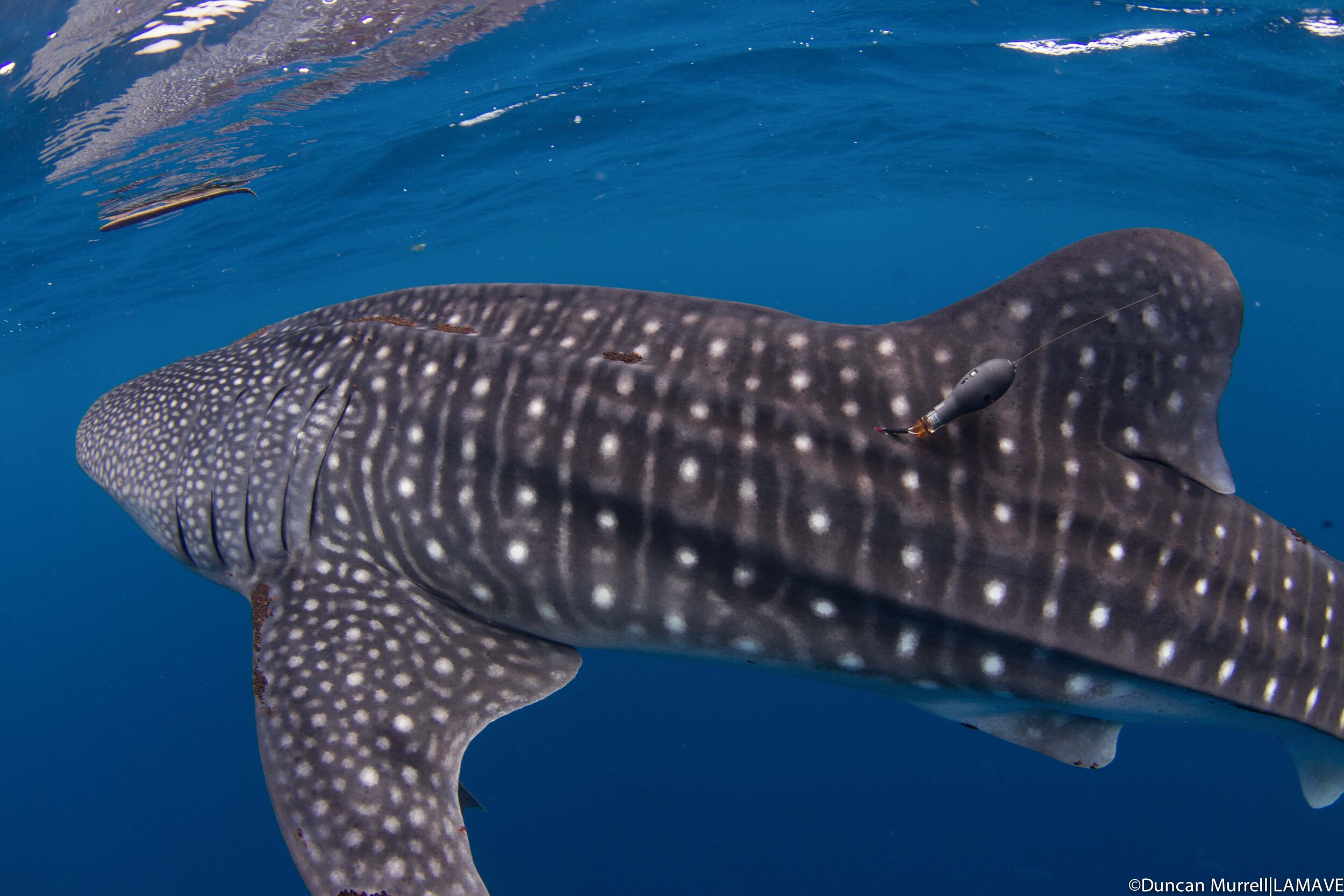
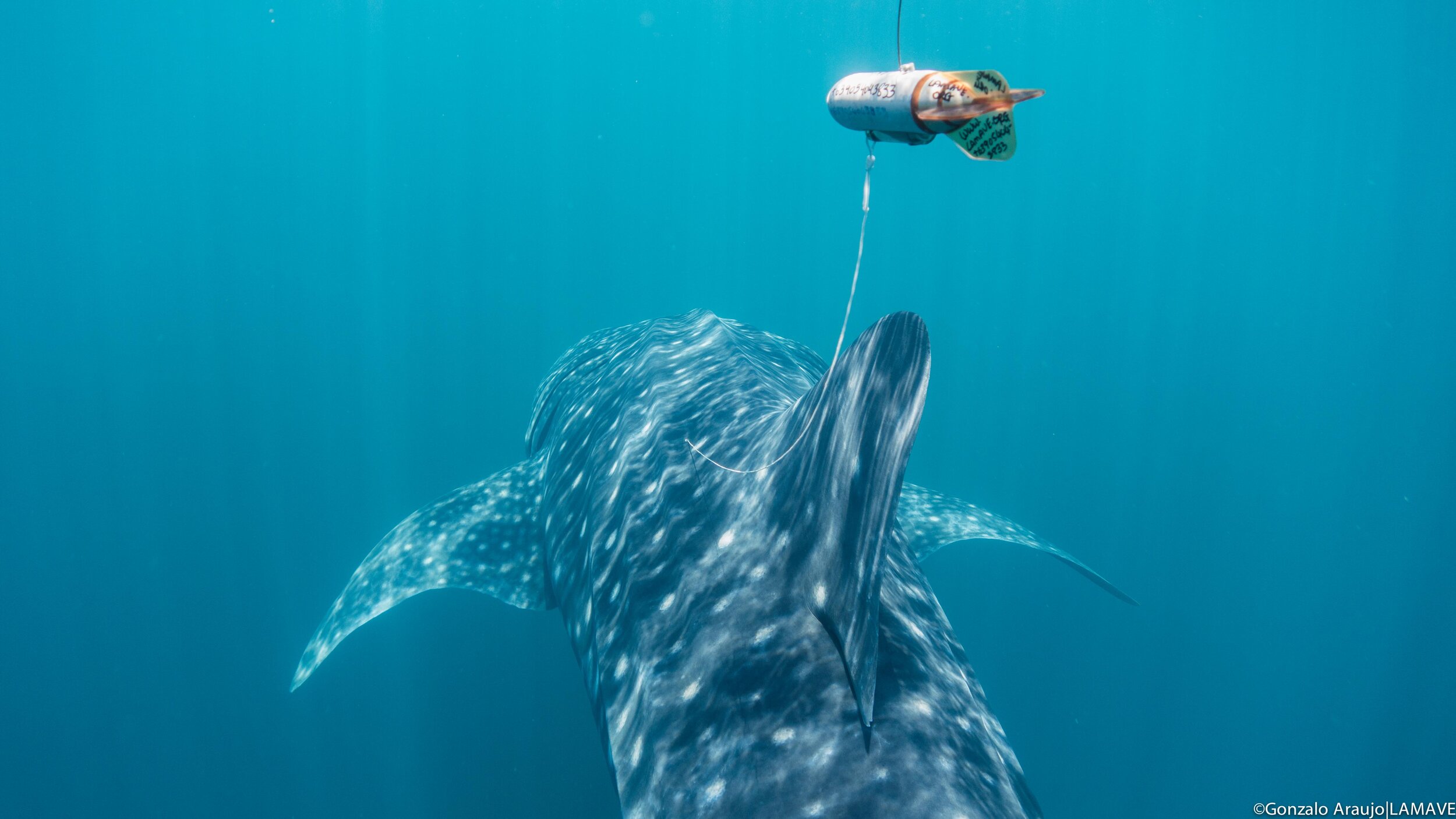
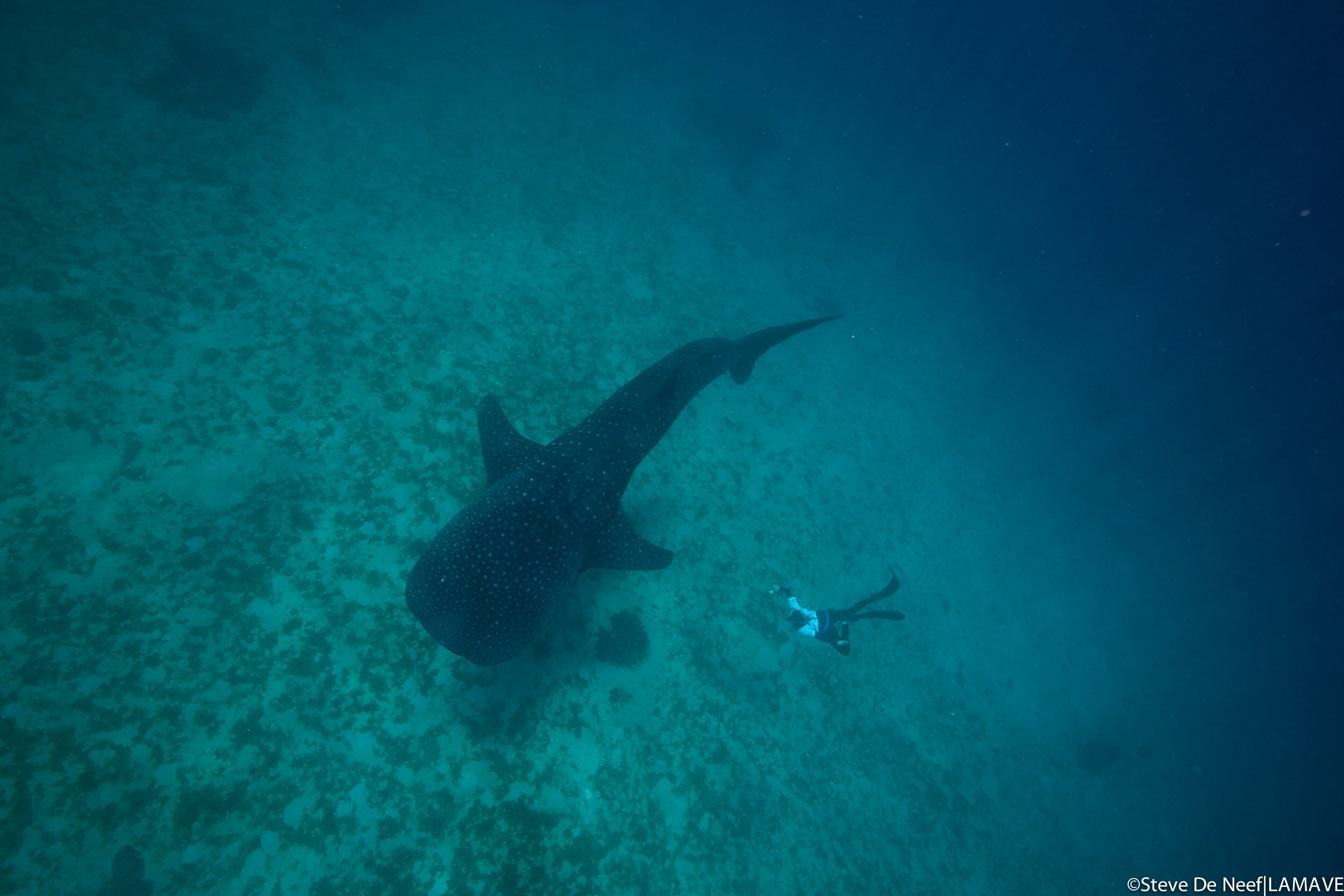
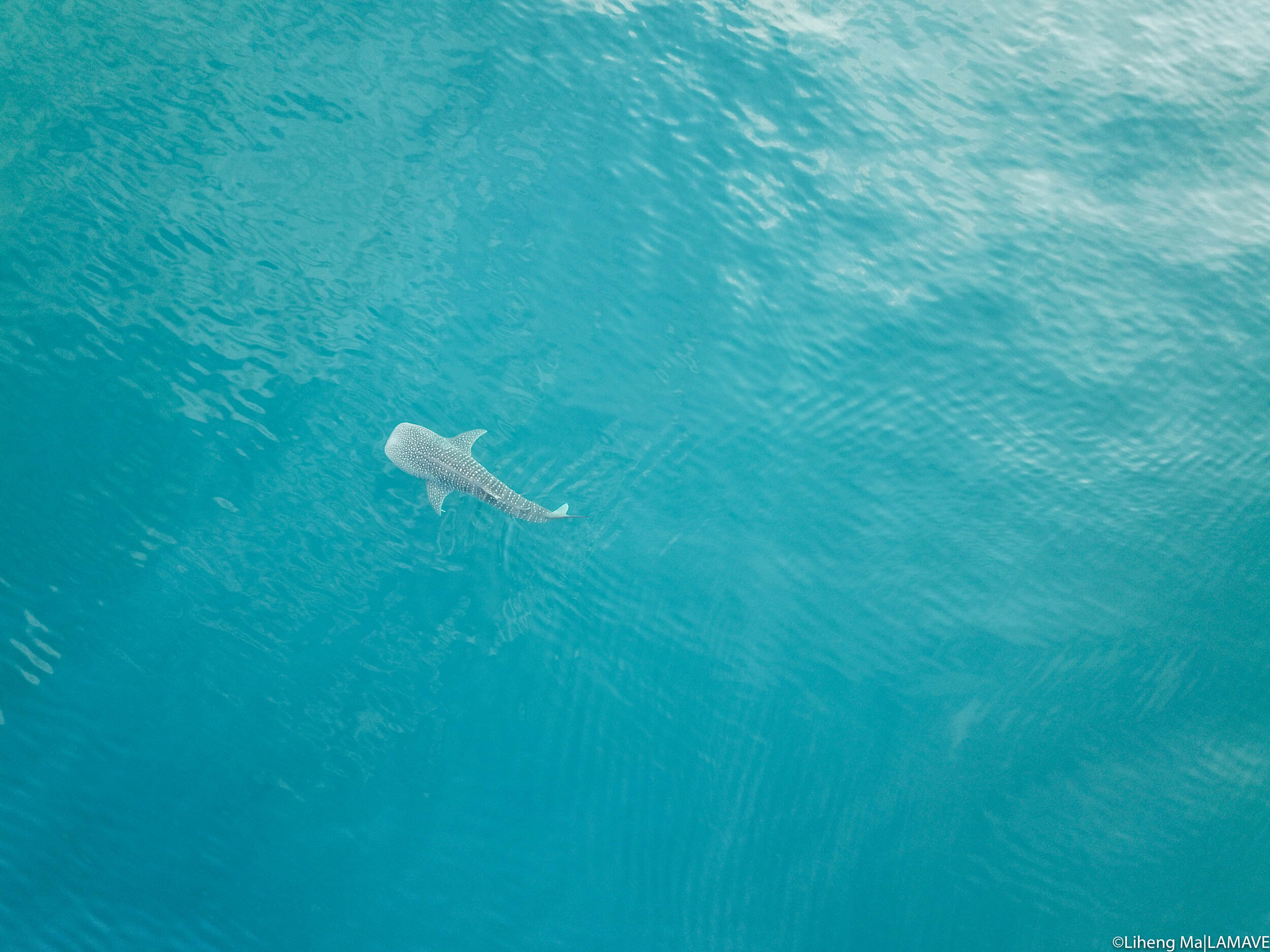
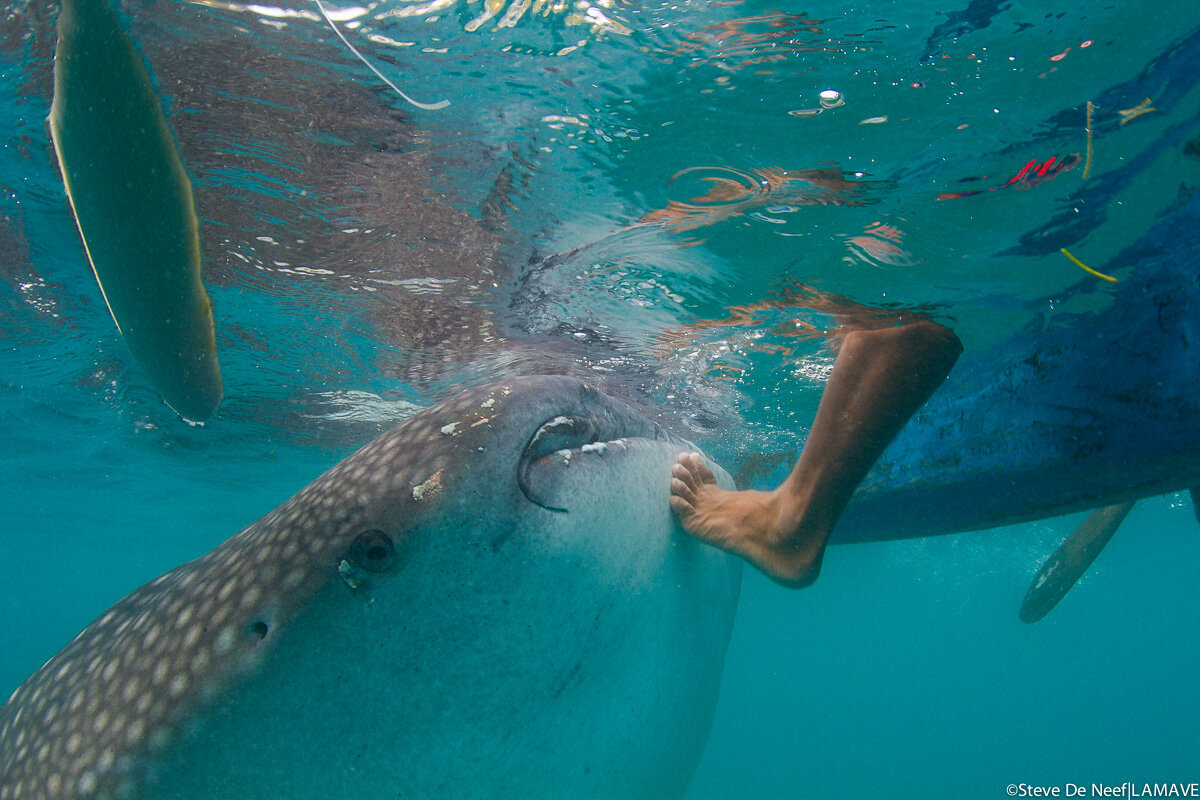
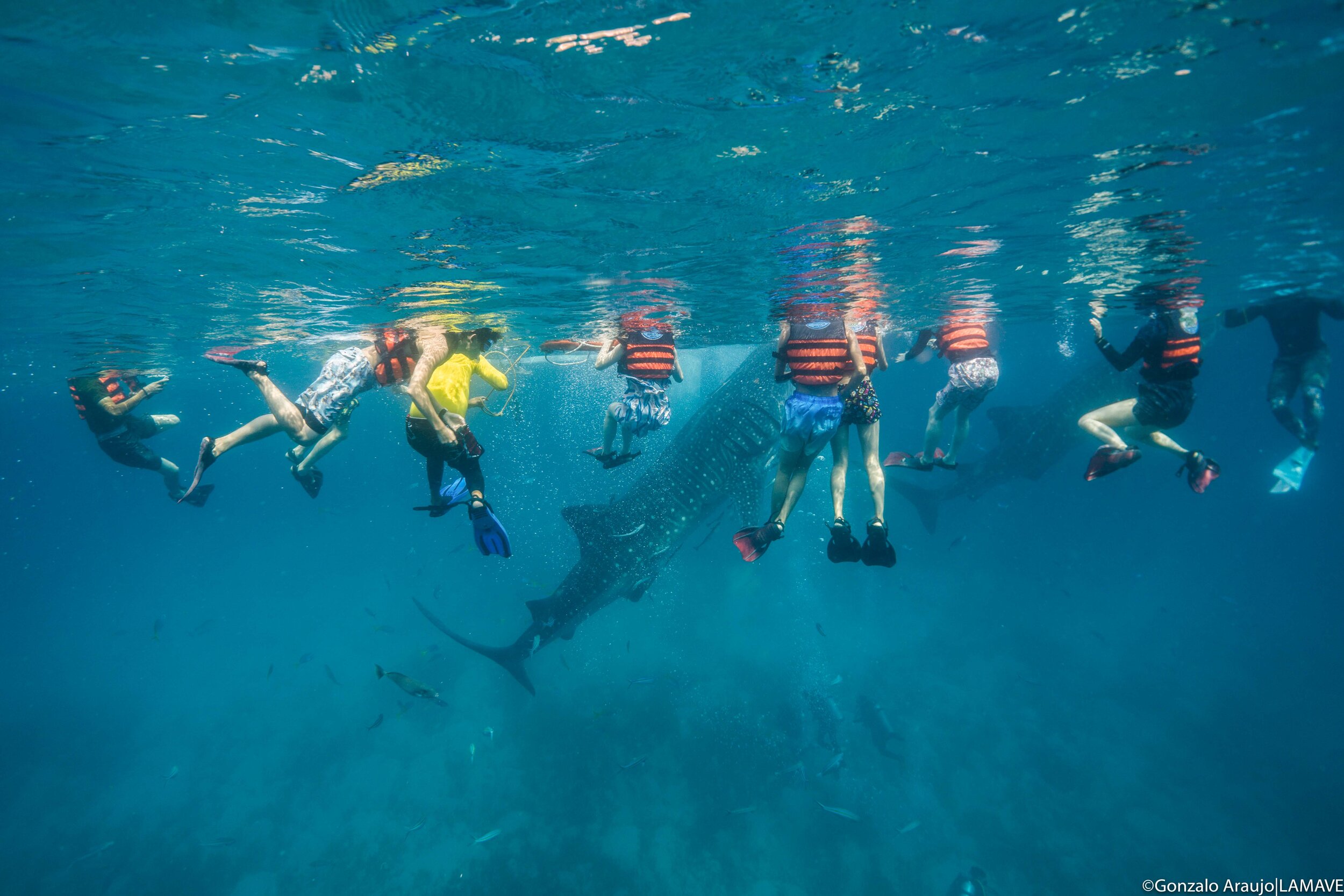




All LAMAVE team members are safe after #TyphoonOdette (Rai).
The team in Puerto Princesa City Palawan have just received access to communications through SMART (Wed 22 Dec)…